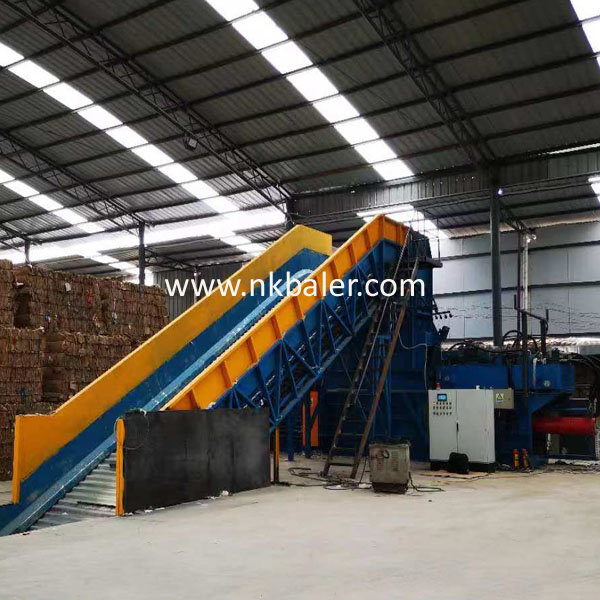In Vietnam, the design of a waste paper baler should consider the following factors:
1. Size and capacity: The size and capacity of the baler should be determined based on the amount of waste paper generated in the area where it will be used. A small baler may be sufficient for a household or small office, while a larger one may be needed for a recycling center or industrial facility.
2. Power source: The baler can be powered by electricity, hydraulics, or manual labor. Electricity is the most common power source, but if electricity is not readily available, hydraulics or manual labor may be considered.
3. Safety features: The baler should have safety features such as emergency stop buttons, guardrails, and warning labels to prevent accidents.
4. Efficiency: The baler should be designed to maximize efficiency by reducing the time and effort required to compact and bind the waste paper. This can be achieved through automation or other innovative design features.
5. Cost: The cost of the baler should be considered in relation to its capacity, power source, and efficiency. A more expensive baler may be justified if it offers significant benefits in terms of capacity, efficiency, or safety.
6. Maintenance: The baler should be easy to maintain and repair. This can be achieved through a simple design that uses readily available parts and components.

Overall, the design of a waste paper baler in Vietnam should prioritize safety, efficiency, and affordability while considering the local context and available resources.
Post time: Mar-12-2024